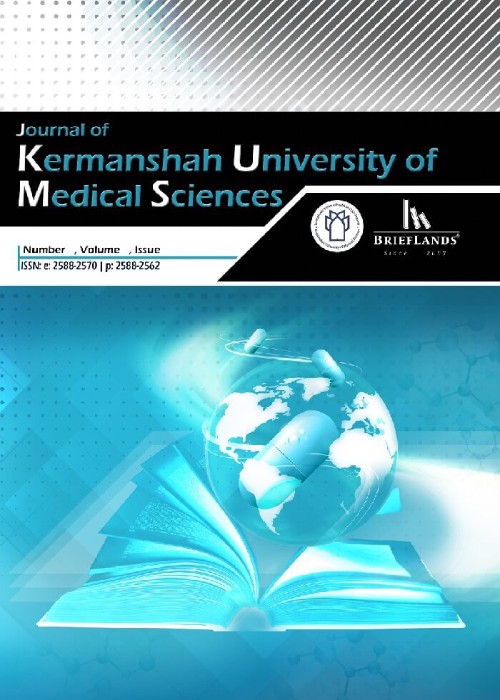Comparative Study of Surgical Results with and without Ligation of Hernia Sac in Orchiopexy of Pediatric Patients with Undescended Testis
Author(s):
Abstract:
Introduction
Undescended Testis (UDT) is a congenital anomaly that occurs when the testicular descending process is impaired and the testes are not lowered into the scrotum but stay in the abdomen. In term and especially preterm infants, it is one of the most common congenital disorders and its common complications include testicular malignancy, infertility, testicular torsion, risk of traumatic dislocation of the testis in the inguinal region, psychological effects, and inguinal hernia. Treatment of UDT is a surgical procedure, and since is always with a hernia sac, one of the stages of the surgery is separating, removing and ligation of the hernia sac, in order to avoid an inguinal hernia. In this study, we investigated whether surgical procedure without inguinal hernia sac ligation and only with separating and removing it at the deep ring level in infants with UDT could be a more appropriate alternative to the classic surgical procedure.Methods
This clinical trial was conducted in the Department of Surgery of Dr. Mohammad Kermanshahi Pediatric Hospital in 2012-2013, on children of 2 months to 11 years old with UDT. The patients were followed up for 4 to 5 years.Result
A total of 109 patients underwent orchiopexy during the study. Minimum and maximum ages of subjects were 2 months and 11 years, respectively. The highest frequency was under the age of 2 years. UDT was on the right side in 44.9% of cases, on the left side in 36.7%, and bilateral in 18.4%. Among them, 38.33% underwent orchiopexy with ligation of the hernia sac and 61.46% underwent orchiopexy without ligation of the hernia sac and with separating it at the deep inguinal ring. No cases of an inguinal hernia were observed in the two groups during the follow-up period of 4-5 years. Other complications such as wound infection, hydrocele, swelling and inflammation of the spermatic cord, hematoma, and hemorrhage at the surgical site also did not differ significantly between the two groups.Conclusions
Regarding the findings of this study, it appears that the use of the non-ligation technique does not increase inguinal hernia, and can be a good alternative to the classical method of hernia ligation. The non-ligation technique prevents the possibility of complications such as the risk of damage to the vas deferens and the spermatic cord vessels.Keywords:
Language:
English
Published:
Journal of Kermanshah University of Medical Sciences, Volume:21 Issue: 2, 2017
Pages:
69 to 72
magiran.com/p1762314
دانلود و مطالعه متن این مقاله با یکی از روشهای زیر امکان پذیر است:
اشتراک شخصی
با عضویت و پرداخت آنلاین حق اشتراک یکساله به مبلغ 1,390,000ريال میتوانید 70 عنوان مطلب دانلود کنید!
اشتراک سازمانی
به کتابخانه دانشگاه یا محل کار خود پیشنهاد کنید تا اشتراک سازمانی این پایگاه را برای دسترسی نامحدود همه کاربران به متن مطالب تهیه نمایند!
توجه!
- حق عضویت دریافتی صرف حمایت از نشریات عضو و نگهداری، تکمیل و توسعه مگیران میشود.
- پرداخت حق اشتراک و دانلود مقالات اجازه بازنشر آن در سایر رسانههای چاپی و دیجیتال را به کاربر نمیدهد.
In order to view content subscription is required
Personal subscription
Subscribe magiran.com for 70 € euros via PayPal and download 70 articles during a year.
Organization subscription
Please contact us to subscribe your university or library for unlimited access!


